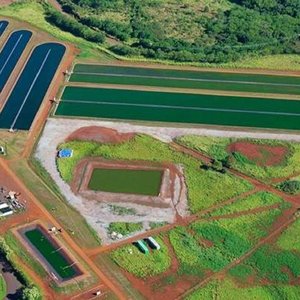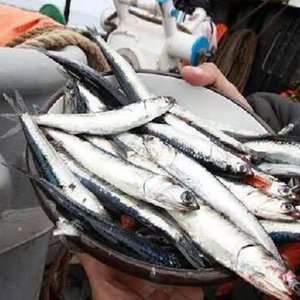As the aquaculture industry has evolved over the years, so have the metrics used to measure the use of marine ingredients. By establishing relevant goals and measuring progress through clearly defined metrics, you can better demonstrate impact, effectiveness and value. They can prove to be a powerful tool in demonstrating and communicating the use of ingredients, but they can also be misunderstood because of their complexity. Updated data and explanations of the range of metrics used in the marine ingredients industry are now on the IFFO website.
Each metric can be seen as a building block towards a better understanding of the sustainability of marine ingredients, starting with the simplest, Feed Conversion Ratio (FCR), moving to the well-known Fish in: Fish out ratio (FIFO) and Forage Fish Dependency ratio (FFDR), and ending with the use of more holistic metrics such as those provided by lifecycle assessment (LCA) analyses. The background to each metric is detailed, including calculations and the reasoning behind them. The latest IFFO figures are also included under the relevant metrics, showing the changes across decades. To reflect the expansion of aquaculture over the last ten years, both in terms of species farmed and tonnage produced, the composition of each category/family has been revised. In general, this data shows that fishmeal and fish oil are being used more as strategic ingredients at key points in aquaculture production cycles with a trend towards optimizing their nutritional contributions.
Overal, the latest FIFO figures (2020) show that there has been a marked decrease in the FIFO value of global fed aquaculture down to 0.19, essentially meaning that for every 0.19 kg of whole wild fish used in fishmeal production, a kilo of farmed fish is produced. In other words, for every 1 kg of wild fish used slightly more than 5 kg of farmed fish is produced. There has been a reduction in FIFO values across all species categories, but of particular note is the figure for salmonids, which for the first time in 2020 is seen to be below 1.0 (i.e., the salmonid feed industry supports the production of more farmed fish than it uses as feed). As for FFDR, again there has been a continued reduction across all categories, most notably with salmonids which show a marked decrease to 0.64 and crustaceans to 0.31. However, the limitations of both these metrics are well noted including their application to a single sector/ingredient in isolation of the more global contribution these resources make, especially in terms of the value and quality of the ingredients. To better represent such contributions, a new metric, eFIFO (economic Fish in : Fish out ratio) was proposed (Kok et al., 2020) which takes an economic allocation approach to incorporate the nutritional value of the ingredients and changing balance in values between fishmeal and fish oil over time. The eFIFO also recognizes the economic contribution of byproducts relative to the economic contribution of direct human consumption.
“The industry is now moving from single metrics to a more holistic and comprehensive measurement based on the use of lifecycle assessment (LCA) analyses, which aims to give better resource accountability across the value chain and greater cross-sector harmonization of metrics,” Brett Glencross, IFFO’s technical director, explained.
It is a far more complex calculation, and analyses take into account a variety of environmental impact categories, such as global warming potential, cumulative energy use, abiotic resource use, ozone depletion potential, consumptive water use, and land use, among others. To assess these impacts, the analyses do not just cover the discrete biological resource use aspects of obtaining the feed ingredients (the fishery impacts), but also include the broader environmental costs associated with their capture, processing, distribution and waste disposal. Each of these steps uses land, water, raw materials and energy, and invariably has impacts that can lead to harmful emissions. The overall aim is to provide a comprehensive assessment of the full (global) impact of food production and suggest ways to avoid trade-offs or cross-subsidizations of sectors.
More information is available by watching IFFO’s recent Infocus webinar where Richard Newton, from the Institute of Aquaculture, University of Stirling, explained how LCAs can be applied to assessing the environmental footprint of marine ingredients.













